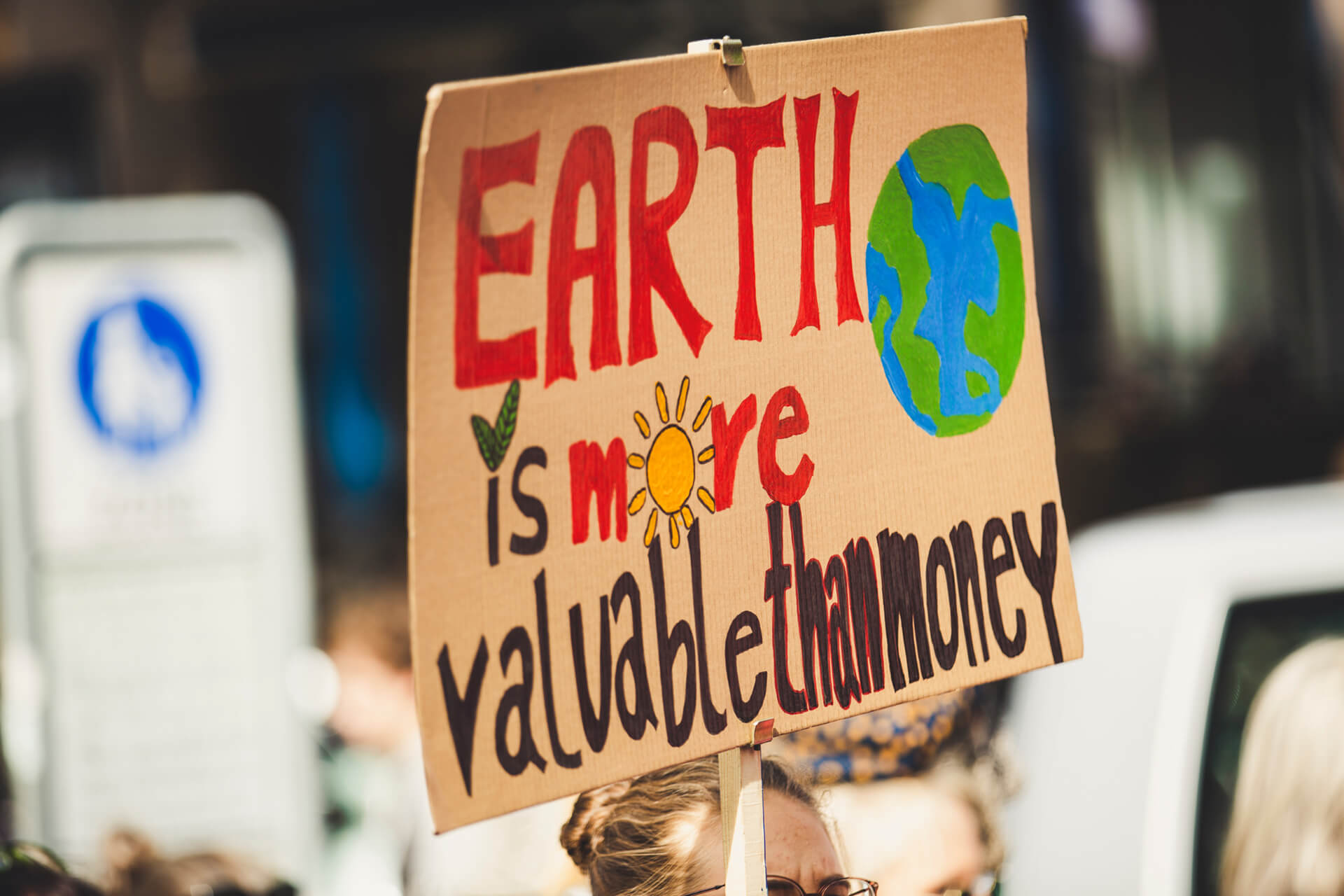The United Kingdom stands as a beacon of progress in the domain of renewable energy. With the rapid phasing out of coal and significant investments in wind, solar, and other renewable sources, the nation’s energy landscape is undergoing a revolutionary shift. This article delves into the current trends driving the UK’s renewable energy sector and casts a gaze into what the future might hold.
Current State of Play
1. Wind Energy Dominance
Wind energy, both offshore and onshore, plays a crucial role in the UK’s renewable energy portfolio. The UK is home to the world’s largest offshore wind farm and continues to make massive strides in expanding its offshore wind capacity. Such developments have positioned the nation as a global leader in wind energy generation.
2. Solar’s Rising Star
Although the UK’s climate isn’t the sunniest, solar energy has made significant inroads. Innovations in photovoltaic technology and the drop in installation costs have made solar panels an attractive option for homeowners and businesses alike.
3. Hydro and Biomass
While wind and solar capture the limelight, it’s essential not to overlook the steady contributions of hydroelectric power and biomass. These sources, though more modest in their capacity, continue to supplement the UK’s renewable energy mix efficiently.
4. Government Support
UK government policies have been pivotal in driving the adoption of renewable energy sources. From tax incentives to funding research and development, the state’s active role cannot be understated.
Future Predictions
1. Towards Net Zero
The UK government’s commitment to achieving net-zero carbon emissions by 2050 sets a clear direction for the future of energy in the nation. With this ambitious target in place, renewable energy’s share in the mix will undeniably rise.
2. Innovations in Storage
One of the significant challenges with renewable sources is their intermittent nature. The future will likely see a surge in energy storage solutions, like advanced battery technologies, to address this challenge and ensure a steady power supply.
3. Decentralisation of Energy Production
The trend towards localised, decentralised energy production is likely to gain momentum. This means households and businesses generating their own power, thereby reducing reliance on the national grid.
4. Electric Vehicle (EV) Boom
As the UK aims to phase out petrol and diesel cars by 2030, the rise of EVs will play a significant role in shaping the nation’s energy demands and consumption patterns. An increased demand for green electricity to power these vehicles is anticipated.
5. International Collaborations
The UK is likely to forge stronger partnerships with neighbouring nations for energy exchange, especially in harnessing renewable sources that might be more abundant elsewhere.
The trajectory of renewable energy in the UK is clear: upwards and onwards. As technology advances, costs decrease, and government policies remain supportive, the nation stands on the cusp of an energy revolution. While challenges remain, the determined push towards a greener future, underpinned by renewable energy, offers hope and a model for the world to emulate. The next few decades will be pivotal, not just for the UK but for the broader global commitment to combatting climate change.
